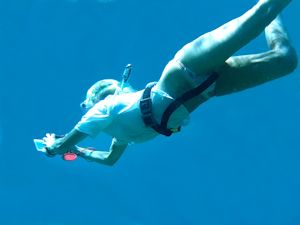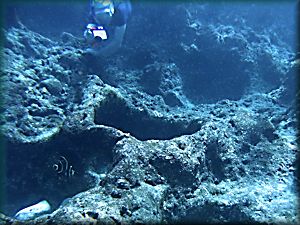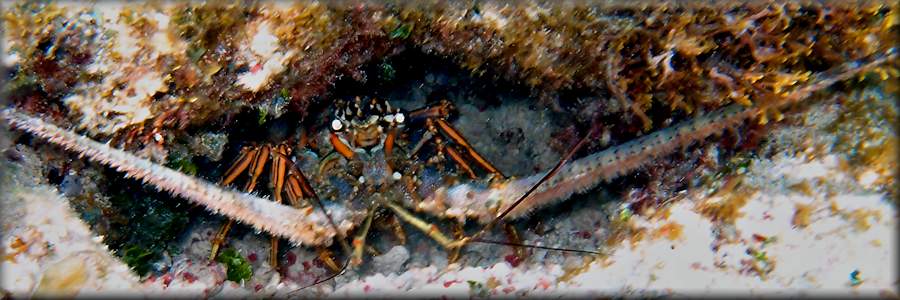How to Snorkel for Underwater Photography
Rising to the surface as you are trying to focus and take your photo
Using weights doesn't suit everyone - above all, feel and be, safe
You're down and see that really nice fish. You get close, stop swimming and focus
for a beautiful shot. Right then, you find yourself floating back towards the surface. You lose your shot.
Few people who haven't snorkelled realise that with lungs full of air, we float in salt water.
You could consider buying a diver's weight belt and keep adding one kilo of lead at a time until you just have positive bouyancy at the surface. You don't want negative bouyance for sure!!
Few people who haven't snorkelled realise that with lungs full of air, we float in salt water.
You could consider buying a diver's weight belt and keep adding one kilo of lead at a time until you just have positive bouyancy at the surface. You don't want negative bouyance for sure!!
Buoyancy reduces as you descend. So positive buoyancy, at the surface, goes through neutral
to negative (ie you sink) as you go deeper. So, be aware if you dive to quite some depth.
Do your test in shallow water or a pool. Note that you are much more buoyant in salt rather than fresh water. Keep it safe when adding weights.
Use a proper belt as with a quick release clip to let it all go if you get into trouble. Lead weights and belt are cheap. You are the top priority.
Do your test in shallow water or a pool. Note that you are much more buoyant in salt rather than fresh water. Keep it safe when adding weights.
Use a proper belt as with a quick release clip to let it all go if you get into trouble. Lead weights and belt are cheap. You are the top priority.


Alternative? If there is rock, or a heavy object around you hold onto that with one hand. Take
care. Coral is precious, so, avoid grabbing coral.
Take a close look at the photo to the left. It shows holding on plus a 'shy' fish (bottom left).
What else? I used to breathe out a little to decrease bouyancy but having read more, I now feel safer getting the weights just right.
Take a close look at the photo to the left. It shows holding on plus a 'shy' fish (bottom left).
What else? I used to breathe out a little to decrease bouyancy but having read more, I now feel safer getting the weights just right.
One time when the current can be our friend.
Gently swim towards your fish 'upstream'. When moving its easier to control your depth ie to stop from shooting up to the surface
You are stationary over the bottom but the water flowing around you gives you some control.
Just gently kick while you compose that shot and all should be fine.
Gently swim towards your fish 'upstream'. When moving its easier to control your depth ie to stop from shooting up to the surface
You are stationary over the bottom but the water flowing around you gives you some control.
Just gently kick while you compose that shot and all should be fine.


